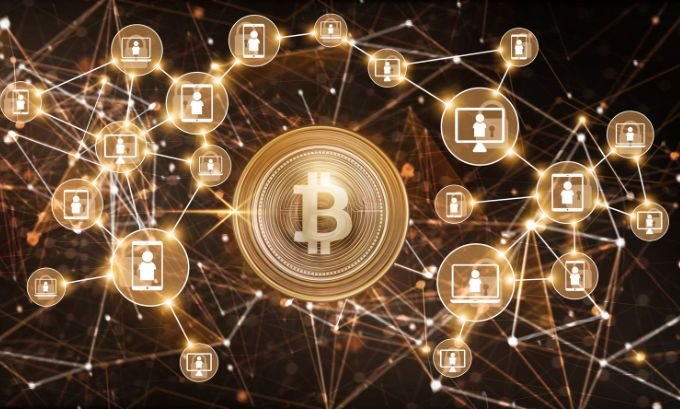Entering the world of Bitcoin (BTC) can be a game-changer, but it’s wise to start with a solid plan. Figuring out how to buy Bitcoin safely 2025 is actually less about complex tech and more about following a few sound principles. The safest path involves using a well-regarded platform for the transaction and moving your assets to a private wallet that you alone control.
This guide is here to cut through the noise and provide a clear, human-centered roadmap. We’ll explore the fundamentals of the Blockchain, weigh your options for buying, and offer real-world advice to help you invest with assurance. By the time you’re done reading, you’ll have a confident grasp on how to secure your corner of the digital economy.
Table of Contents
A Step-by-Step Method for Securely Buying Bitcoin
To purchase Bitcoin without unnecessary risk, you need a methodical approach. This isn’t about timing the market perfectly; it’s about setting up a secure process from the very beginning. This means picking the right tools, getting verified on a compliant platform, and, most importantly, taking full custody of your digital assets.
Step 1: Get to Know Bitcoin and Its Core Technology
Before putting your money on the line, it’s smart to understand what you’re investing in. Bitcoin (BTC) was introduced to the world in 2008 in a whitepaper by the pseudonymous Satoshi Nakamoto. It’s a digital currency, but its real innovation lies in its independence from traditional financial gatekeepers like banks and governments.
The engine that powers Bitcoin is the Blockchain. Think of it as a global, digital bookkeeping system that’s shared and synchronized across thousands of computers. Every transaction is a permanent entry in this ledger. Because it’s decentralized and secured with advanced cryptography, the blockchain is incredibly resistant to fraud and censorship. The network is kept secure and transactions are validated through a process called Bitcoin Mining, where powerful computers compete to solve mathematical problems, earning newly created bitcoins as a reward.
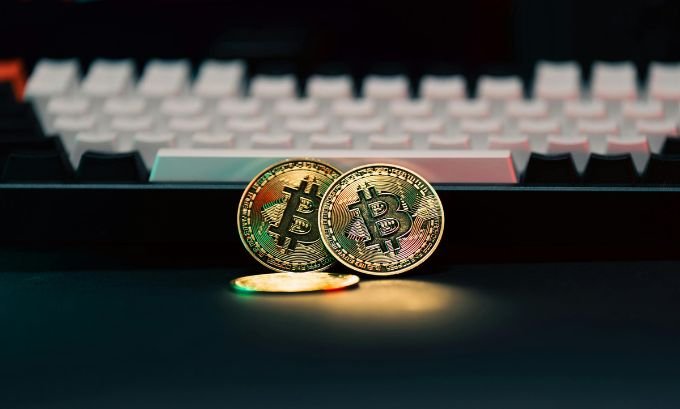
Step 2: Choose Your Personal Bitcoin Vault (Cryptocurrency Wallet)
Your Cryptocurrency Wallet is the tool you’ll use to store and manage your Bitcoin. It doesn’t hold the coins in the way a physical wallet holds cash. Instead, it safeguards your private keys—the secret passcodes that prove your ownership and allow you to spend your funds.
Wallets come in two main flavors:
- Hot Wallets: These are software-based wallets that stay connected to the internet. They include mobile apps, desktop programs, and the wallets built into exchanges. They’re great for convenience and handling small amounts you plan to use, but their online nature presents a larger target for hackers.
- Cold Wallets: These are offline devices designed for maximum security. Hardware wallets, which look like small USB drives, are the most popular type. By keeping your private keys entirely offline, they are shielded from online threats, making them the standard for long-term, secure storage.
A balanced strategy is often best: use a hot wallet for a small amount of “spending money” and a cold wallet for your long-term savings.
Step 3: Select a Reputable Cryptocurrency Exchange
Cryptocurrency Exchanges are the online marketplaces where the public can buy and sell digital assets. Choosing a trustworthy exchange is arguably one of the most critical decisions you’ll make. The best platforms have a long history of operational excellence, strong security measures, and transparent business practices.
A giant in this arena is Binance. It’s one of the world’s largest exchanges by trade volume and is known for a wide array of features and a strong security posture, which includes an insurance fund for user assets. While its comprehensive feature set can be a lot to take in, the core function of buying Bitcoin is very user-friendly. Other well-regarded platforms include Kraken, YouHodler, and Coinbase.
Step 4: Create and Fortify Your Exchange Account
Once you’ve picked an exchange, it’s time to sign up. The process emphasizes security from the get-go.
- Register: Provide your email address and create a password. Pro tip: use a unique, randomly generated password and store it in a password manager.
- Enable 2FA (Two-Factor Authentication): Do not skip this step. 2FA adds a powerful layer of security by requiring a second verification code, usually from an app on your phone. This can stop a thief even if they manage to steal your password.
- Complete Identity Verification (KYC): Leading exchanges are regulated financial entities and must verify their users’ identities. This “Know Your Customer” process typically involves uploading a picture of your government-issued ID. It’s a crucial step that helps prevent illicit activity and keeps the platform secure for everyone.
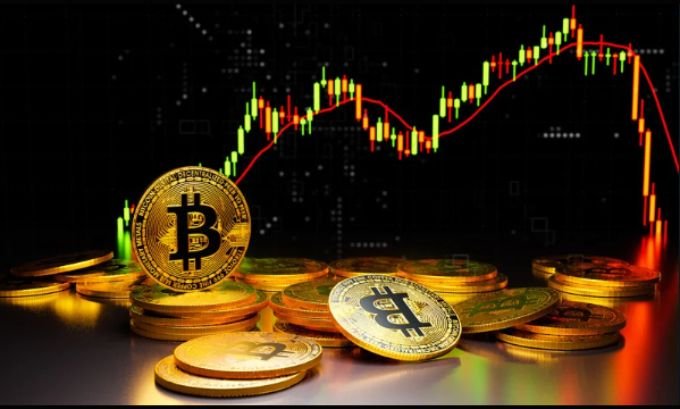
Step 5: Fund Your Account and Make Your First Purchase
With your account verified, you can deposit money. Most exchanges provide several options:
- Bank transfer (often the cheapest)
- Debit or credit card (often the fastest)
- Third-party payment services
Card payments are convenient but may come with higher fees. Bank transfers are more economical but might take a few business days. Once your account is funded, navigate to the buy/sell section, find BTC, and input the amount you want to buy. You can execute the trade instantly at the current market price or set a limit order to buy only if the price drops to a level you specify.
If you are interested in buying Bitcoin, read more about how to buy bitcoin safely 2025 in mumbaitimes.net, techbullion.in, mindjournal.co or ponta.in
Step 6: The Final Step—Withdraw to Your Own Wallet
This is where you take true ownership. Leaving your coins on an exchange means you’re trusting them to keep your assets safe. While convenient for active trading, it’s not recommended for long-term storage. Moving your Bitcoin to a personal wallet that you control is the ultimate security measure.
This act of taking self-custody is the practical application of Financial Freedom. To do it, you’ll find the “Withdraw” function on the exchange, paste in the public address from your personal wallet, specify the amount, and confirm. Since blockchain transactions are final, it’s vital to double-check that the address is correct before you hit send.
A Personal Story: My Own “Aha!” Moment with Bitcoin
My first foray into Bitcoin was back when prices were just starting to capture mainstream attention. I bought a modest amount on an exchange and, like many beginners, I just left it there. I figured it was safe enough. Then, a few months later, I read about a hack at a different exchange where users lost everything. It was a sobering moment. It drove home the community mantra: “Not your keys, not your coins.”
That was the catalyst for me to finally buy a hardware wallet. I chose a Ledger and spent an evening carefully setting it up and transferring my funds. The feeling of holding that small device, knowing that my assets were secure and entirely under my control, was incredibly empowering. It was the moment the abstract idea of a decentralized financial system, as laid out by Satoshi Nakamoto, became tangible.
From that day on, I embraced Dollar-Cost Averaging (DCA). I set up a recurring weekly buy and stopped worrying about the daily price swings. It transformed my investment from a source of stress into a steady, almost passive, savings plan.
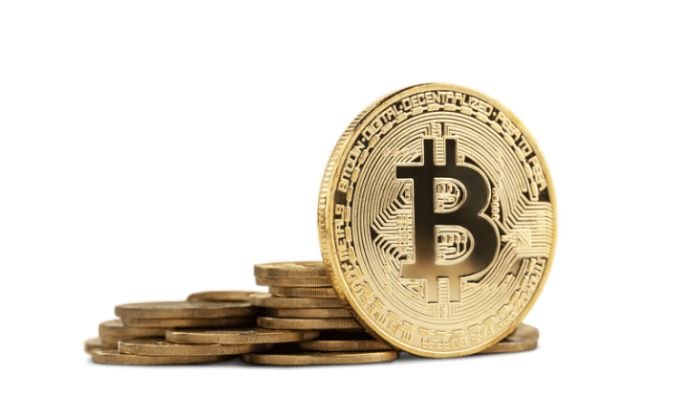
The Upsides: What I Value About Bitcoin
- True Ownership: When you hold Bitcoin in a personal wallet, you have absolute control. No entity can freeze your funds or block your transactions, offering a powerful sense of Financial Freedom.
- A Level Playing Field: The Bitcoin network is open to anyone with an internet connection. It operates 24/7 without borders or intermediaries.
- Digital Scarcity: Bitcoin’s supply is hard-capped at 21 million coins. This predictable scarcity provides a compelling argument for it as a long-term store of value.
- Stress-Free Investing: You don’t need to be a professional trader. Simple strategies like Dollar-Cost Averaging (DCA) are effective and remove the emotional rollercoaster from investing.
- Expanding Accessibility: The growth of services like Bitcoin ATMs provides more on-ramps for people to convert cash into digital assets, increasing accessibility for all.
The Downsides: Where Bitcoin Still Has Room to Grow
- The Learning Curve: Let’s be honest—getting started can be intimidating. Concepts like private keys, addresses, and security practices require a bit of learning, which can be a barrier for some.
- Irreversible Transactions: The finality of blockchain transactions is a core security feature, but it’s unforgiving. A simple typo when entering a wallet address can lead to an irreversible loss of funds.
- Price Volatility: The price of Bitcoin can swing dramatically. While this volatility can create opportunities, it requires a strong stomach and a long-term perspective to navigate successfully.
- The Burden of Self-Sovereignty: Being your own bank is empowering, but it comes with total responsibility. If you lose your wallet’s recovery phrase, there is no customer service line to call. Your funds will be inaccessible forever.
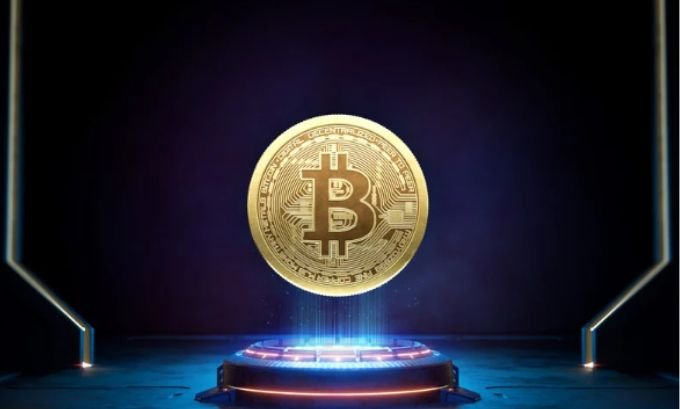
Comparing Different Ways to Buy Bitcoin
| Buying Method | Avg. Speed | Security | Typical Fees | Your Control | Best For |
|---|---|---|---|---|---|
| Centralized Exchange | Fast (minutes to days) | High (Platform trust) | Low to Medium | Custodial (initially) | Beginners, traders |
| P2P Marketplace | Variable (minutes to hours) | Medium (User diligence) | Low | Immediate | Privacy & flexibility |
| Bitcoin ATM | Very Fast (minutes) | High (Direct to wallet) | Very High | Immediate | Small, quick cash buys |
| Directly via Wallet App | Fast (minutes) | Highest | Medium | Immediate | Security-focused users |
Frequently Asked Questions (FAQ)
1. What’s the biggest mistake a beginner can make when buying Bitcoin?
The single biggest mistake is leaving a significant amount of Bitcoin on an exchange for a long period. Use the exchange to buy, but use your own private cryptocurrency wallet to store.
2. Is it safe to use a major exchange like Binance in 2025?
Generally, yes. Major platforms like Binance have extensive security infrastructures. They are a safe place to conduct transactions, but they should not be treated like a bank for long-term savings. The safest storage is always in a wallet you control.
3. Can I still make money with Bitcoin, or am I too late?
While the days of 10,000x gains may be behind us, many analysts believe Bitcoin’s adoption is still early. Given its fixed supply and growing role as a global store of value, there is still strong long-term potential. A DCA strategy is an excellent way to enter the market regardless of the current price.
4. How much Bitcoin should I buy?
You don’t need to buy a whole coin. Bitcoin is divisible to eight decimal places, so you can start with any amount you’re comfortable with, even $20. A good rule of thumb is to only invest what you would be willing to lose.
5. Are Bitcoin ATMs a good option?
Bitcoin ATMs are very convenient for quick, cash-based purchases and offer good security since they send BTC directly to your wallet. However, this convenience comes at a cost—fees are typically much higher than on an online exchange.
6. What’s the difference between Bitcoin Mining and just buying it?
Bitcoin Mining is the backbone of the network; it’s the process that validates transactions and creates new coins. Buying Bitcoin is simply acquiring it on the open market. As an investor, you don’t need to worry about mining at all.
7. How do I protect myself from scams?
Be wary of anything that promises guaranteed high returns. Never give your wallet’s 12 or 24-word recovery phrase to anyone for any reason. Always verify website links and be skeptical of unsolicited offers.
Looking to spend your crypto gains wisely? Explore authentic Japanese snacks, groceries, and gifts at TokyoMart.store — Japan’s favorite online destination for food lovers.
Your Path Forward
Mastering how to buy Bitcoin safely in 2025 is an achievable goal for anyone willing to follow a few straightforward, security-focused steps. By understanding the basics of the Blockchain, choosing your tools wisely, and making self-custody your final goal, you can navigate the market with confidence.
The journey toward Financial Freedom in the digital age is one of personal responsibility and continuous learning. The steps in this guide provide a durable framework to start that journey on the right foot.
Your next step? Researching hardware wallets to find the one that best suits your needs and budget.
Author Bio
Alex Rivera is a cryptocurrency analyst and educator with over eight years of experience in the digital asset space. After witnessing the potential of blockchain technology firsthand, Alex dedicated his career to making crypto accessible and understandable for everyone. He specializes in security best practices, investment strategies, and market analysis. When he’s not writing about crypto, Alex enjoys hiking and exploring the intersection of technology and finance.
References
- Nakamoto, S. (2008). Bitcoin: A Peer-to-Peer Electronic Cash System. Bitcoin.org.
- Binance. (2025). Binance Security: A Comprehensive Overview.
- Federal Bureau of Investigation (FBI). (2024). Cryptocurrency Scams.
- Forbes. (2025). What Is Dollar-Cost Averaging? Why It’s A Smart Strategy.




